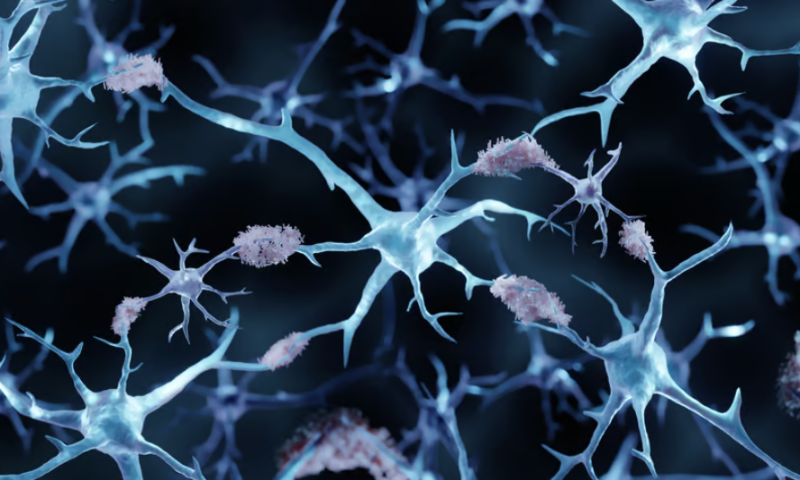With Alzheimer’s disease therapies finally reaching the market and hundreds of active clinical trials for therapies and diagnostics, it seems like every week brings another potential avenue to explore in combating the neurodegenerative disease. The most recent update comes courtesy of the Stanley Center for Psychiatric Research at the Broad Institute of MIT and Harvard, which pinpointed a brain protein that could offer a fresh target.
The development builds on a growing body of work showing that dysregulation of the complement cascade—a set of immune system proteins that protect against infection in the body—in the brain is linked to the cell damage and cell death seen in a range of neurological conditions like Alzheimer’s and schizophrenia.
The breakthrough from researchers including at the Stanley Center for Psychiatric Research at the Broad Institute of MIT and Harvard has been to identify neuronal pentraxin protein Nptx2 as a regulator of the complement system in the adult brain. It’s the first time scientists have been able to confirm a brain regulator of the cascade, they wrote in a study published in Science Translational Medicine March 29.
Nptx2, which is secreted by excitatory neurons, is already used as a biomarker for a range of neurological disorders. A clue to its potential role is the fact that Nptx2 levels are depleted in the cerebrospinal fluid of patients with Alzheimer’s disease, frontotemporal dementia, schizophrenia and Down syndrome.
The researchers used neurodegeneration mouse models to test the effects of boosting Nptx2 levels or blocking complement protein in cells. In one of these mice models, a lack of Nptx2 was tied to increased activity of the complement system as well as the destruction of synapses by the brain’s immune cells. When C1q, the initiating factor of the complement cascade, was eliminated from these animals—either via genetic deletion or with antibody blocking—the researchers noted that synapses in the brain tissue recovered.
Similarly, in mice with overactive brain immune cells and high activity of the complement pathway, boosting production of Nptx2 in certain brain cells reversed the loss of synapses.
But would the approach also work in humans? To test this out, the researchers assessed levels of C1q and also C3b—an activated complement protein further down the cascade—in symptomatic and presymptomatic patients with genetic frontotemporal dementia. They noted that levels of C1q and C3b were both higher in patients already showing symptoms, while the level of Nptx2 in these patients was lower.
An even more intriguing discovery was that Nptx2 bound to C1q was reduced in symptomatic patients, “suggesting that abundant unbound C1q could be driving synapse loss and leading to symptoms of dementia,” according to Broad Institute’s press release.
“There’s still a lack of understanding of precisely what factors and sequence of events drive neurodegenerative disorders,” the study’s co-senior author Borislav Dejanovic, Ph.D., a scientist in the Stanley Center who is also director of Vigil Neuroscience, said in the release. “Findings like this help us learn what mediates the synapse loss and cognitive decline that is devastating for patients and their families.”
Repurposing complement inhibitors to see whether they are effective against neurodegenerative diseases is already in development—for example, Elixiron Immunotherapeutics is testing its CSF1R inhibitor in Alzheimer’s. The work “bolsters the therapeutic strategy of inhibiting the complement pathway, which could one day improve symptoms for patients with neurodegenerative or neuroinflammatory disorders.”
“Overall, our study identifies Nptx2 as a neuronal synaptic CCP inhibitor,” the researchers concluded in their study. “Elevating Nptx2 expression might be a viable therapeutic strategy to curb complement overactivation and subsequent neuronal damage in FTD, AD and other neuroinflammatory diseases.”

